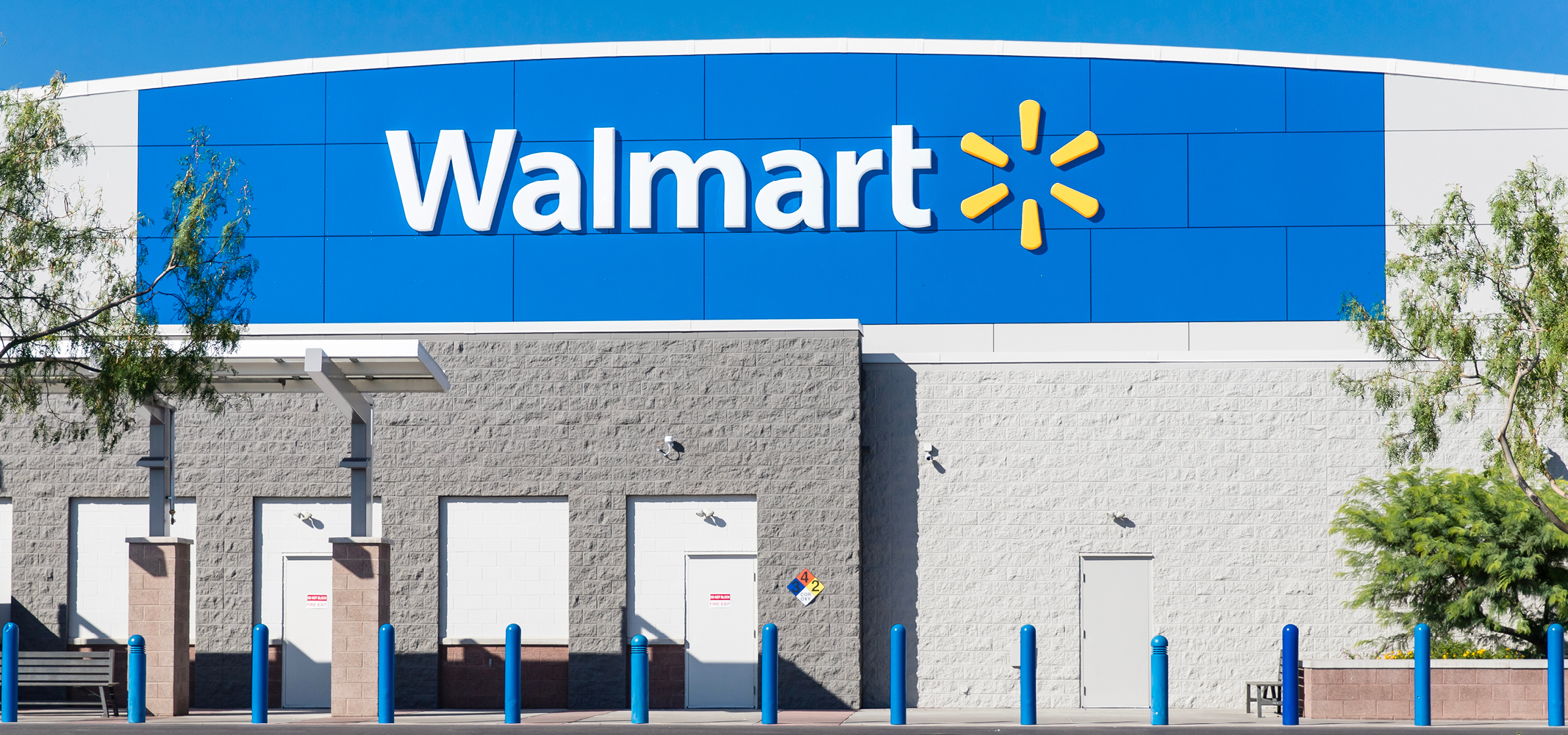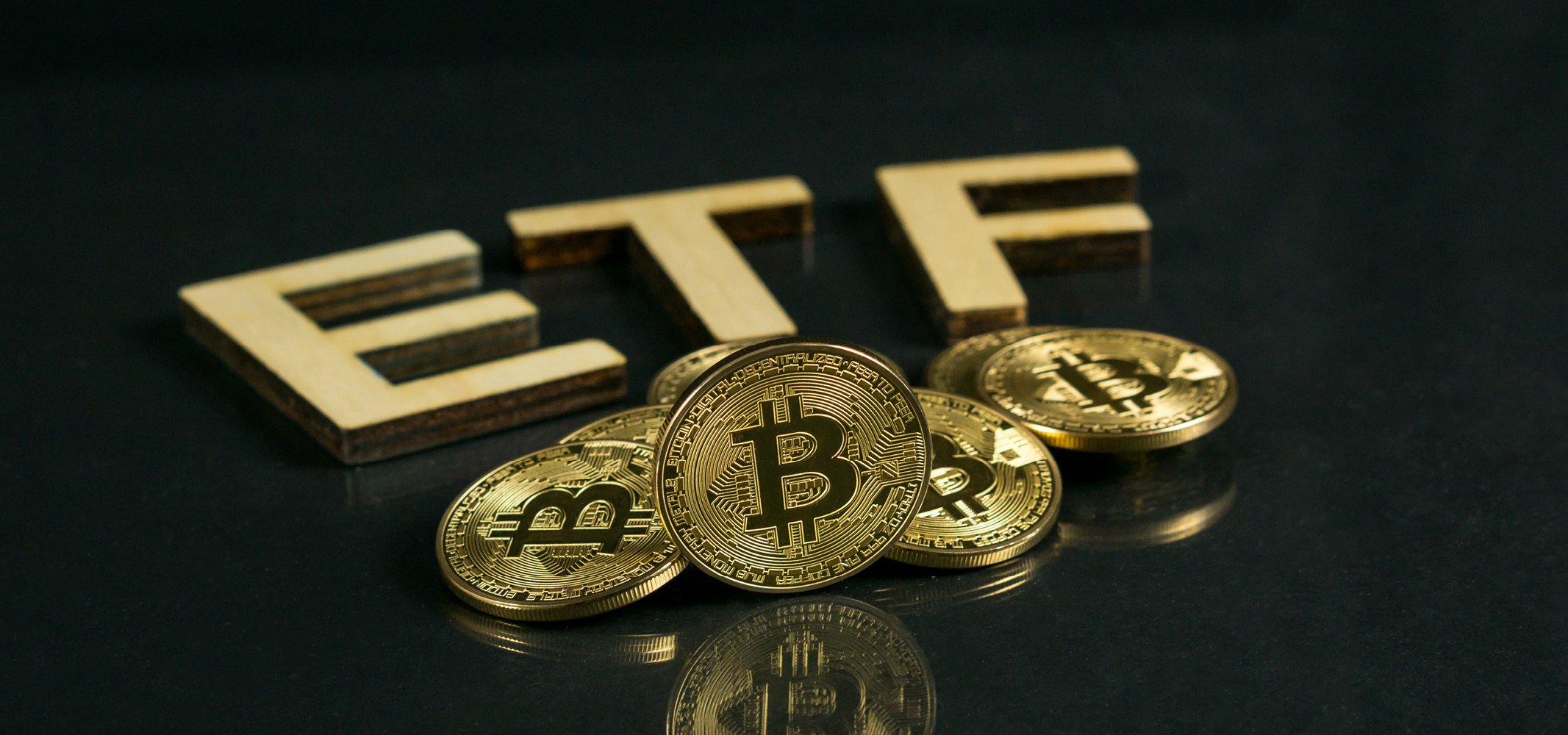Bitcoin Mining is the heart of the No. 1 crypto currency, but the process also causes a lot of confusion. We will shed light on the darkness and explain how Bitcoin Mining works. The main problem of the new form of money is its distribution. Unlike fiat money, crypto currencies do not have a central bank that can monopolistically determine the growth of the money supply and the recipients of new money. Proof-of-work as we have already explained in our blog is the solution for the decentralized alternatives to central bank money. Everyone has the opportunity to participate in the distribution process of new Bitcoin units. Mining refers to the process by which the protocol distributes new BTCs fairly and above all decentralized.
Satoshi the inventor of Bitcoin has chosen a kind of lottery. If you calculate hashes for block headers, you are basically looking for a very specific number among many possible number series. If you find this number, you can mine the next block and get 12.5 BTC as a reward. Mining is also connected with some costs, similar to real life, buying more lots increases the chance to win the main prize. In this case miners do not buy lots, but invest in new mining equipment. Mining does not mean that miners solve complicated arithmetical problems, as is often assumed. Rather, they simply make countless random attempts to find a specific sequence of numbers. Hashing is not a particularly complex calculation process.
If you observe the market, the cost of mining is one of the reasons for the value of the largest crypto currency by market capitalization. If Bitcoin had no value, no one would spend vast sums of money on mining infrastructure.
Besides distribution, mining also has the purpose of securing the network. Information about the previous block flows into each block header, so that subsequent transactions, for example, can no longer be falsified.









Leave A Comment
You must be logged in to post a comment.